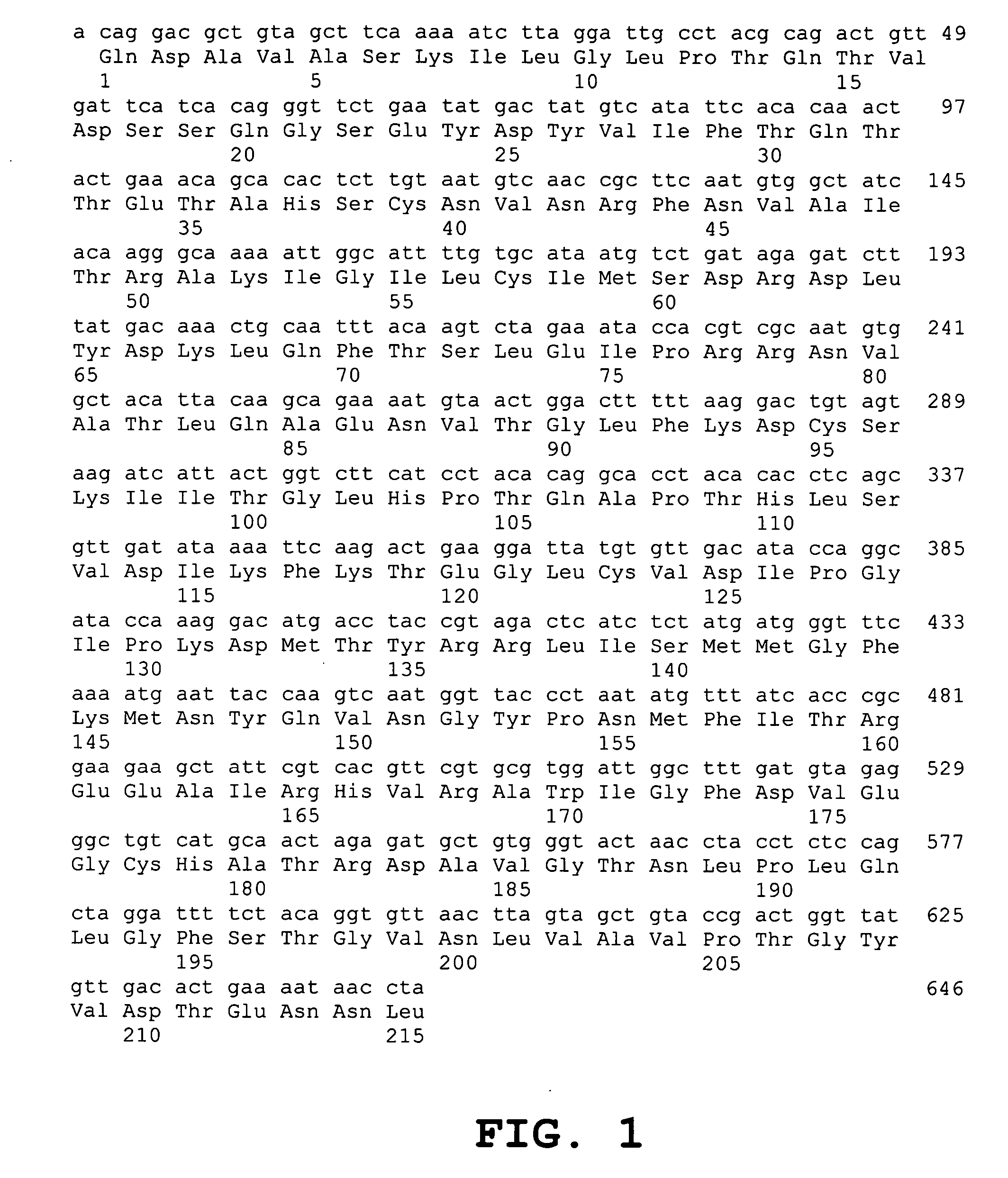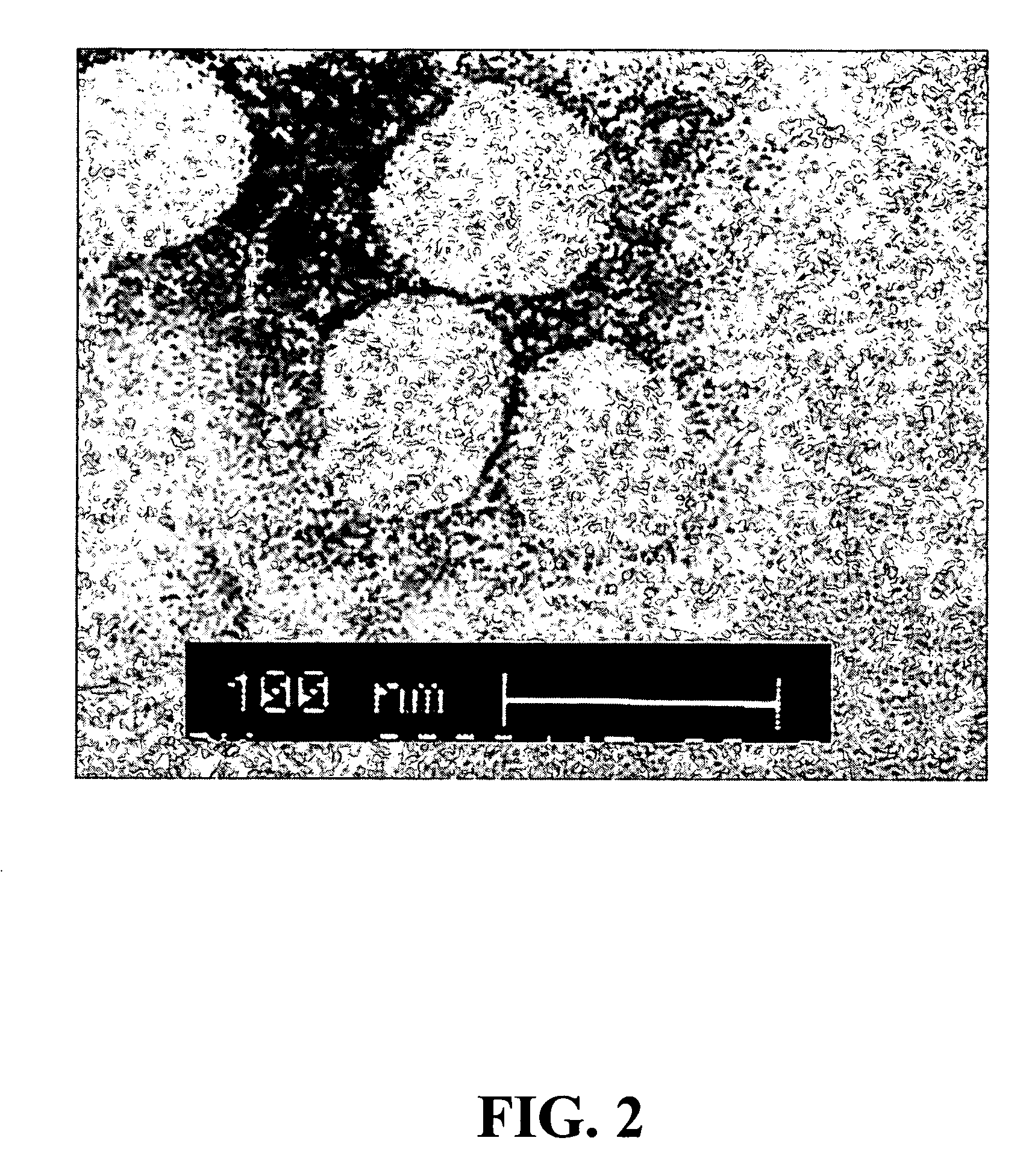Diagnostic assay for the human virus causing severe acute respiratory syndrome (SARS)
a virus and respiratory syndrome technology, applied in the field of diagnosis assays for the virus causing severe acute respiratory syndrome, can solve problems such as pneumonia among patients, and achieve the effect of high amounts of viral rna
- Summary
- Abstract
- Description
- Claims
- Application Information
AI Technical Summary
Benefits of technology
Problems solved by technology
Method used
Image
Examples
examples
[0193] The following examples illustrate the isolation and identification of the novel hSARS virus. These examples should not be construed as limiting.
[0194] Methods and Results
[0195] As a general reference, Wiedbrauk D L & Johnston S L G (Manual of Clinical Virology, Raven Press, New York, 1993) was used.
[0196] 6.1. Clinical Subjects
[0197] The study included all 50 patients who fitted a modified World Health Organization (WHO) definition of SARS and were admitted to 2 acute regional hospitals in Hong Kong Special Administrative Region (HKSAR) between February 26 to Mar. 26, 2003 (WHO. Severe acute respiratory syndrome (SARS) 2000, Weekly Epidemiol Rec. 78:81-83). A lung biopsy from an additional patient, who had typical SARS and was admitted to a third hospital, was also included in the study. Briefly, the case definition for SARS was: (i) fever of 38° C. or more; (ii) cough or shortness of breath; (iii) new pulmonary infiltrates on chest radiograph; and (iv) either a history o...
PUM
| Property | Measurement | Unit |
|---|---|---|
| Nucleic acid sequence | aaaaa | aaaaa |
Abstract
Description
Claims
Application Information
 Login to View More
Login to View More - R&D
- Intellectual Property
- Life Sciences
- Materials
- Tech Scout
- Unparalleled Data Quality
- Higher Quality Content
- 60% Fewer Hallucinations
Browse by: Latest US Patents, China's latest patents, Technical Efficacy Thesaurus, Application Domain, Technology Topic, Popular Technical Reports.
© 2025 PatSnap. All rights reserved.Legal|Privacy policy|Modern Slavery Act Transparency Statement|Sitemap|About US| Contact US: help@patsnap.com



